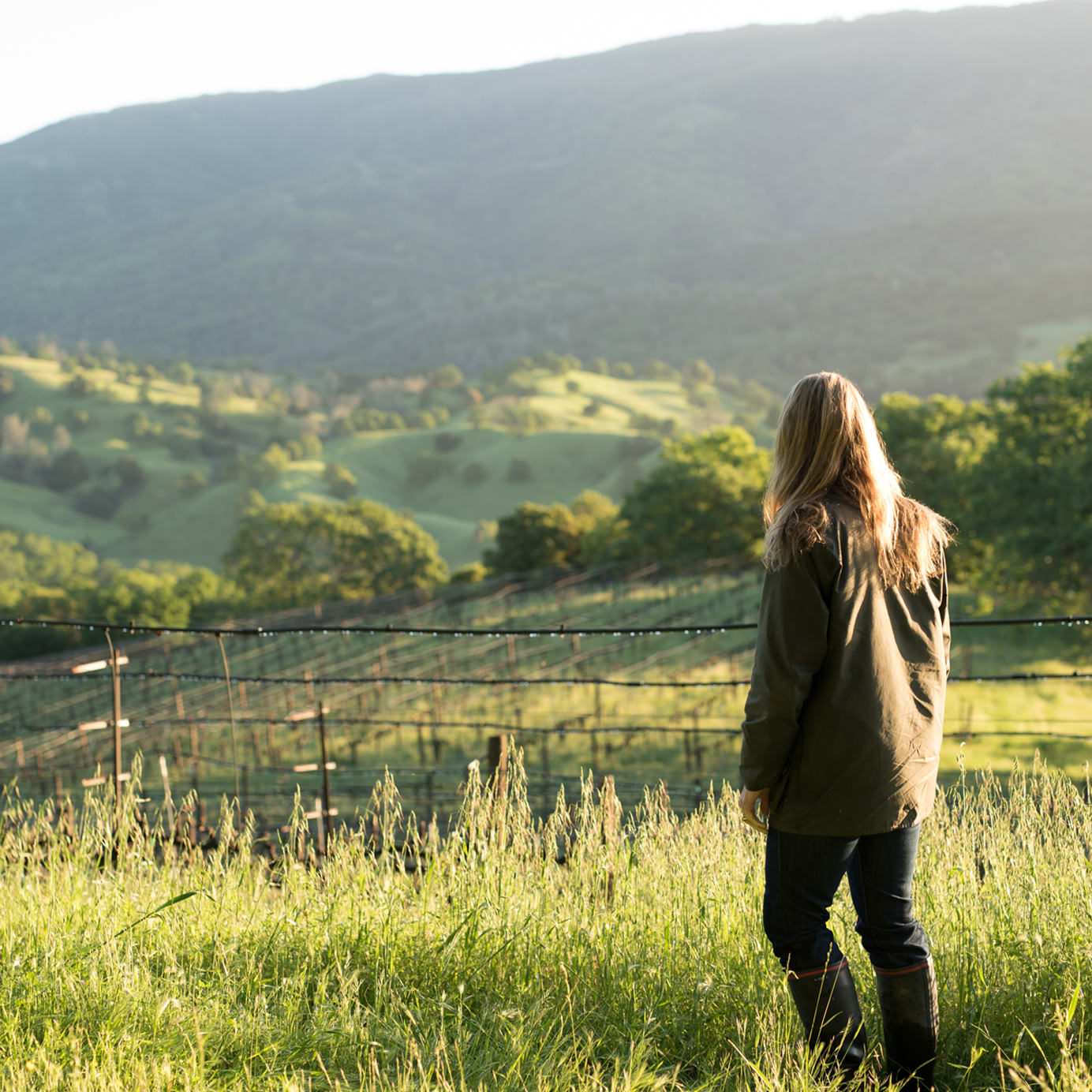Now that the smoke has cleared in the Napa Valley and across the wine regions of California, vintners are back to doing what they do best: making and selling wine. The devastation across the 29-mile strip that comprises the Napa Valley varies, with some regions looking almost unscathed and others razed. Opinions on how exactly to rebuild diverge as well. The local and global wine community agrees on one thing, however. The best way to support this aching region is to support its wines and wineries.
With that in mind, we’ve been popping bottles and traveling the region as never before. This brought us to Coombsville, Napa’s newest American Viticultural Area (AVA). Situated in the sunken crater of a now-dormant volcano, the Coombsville AVA frequently befuddles Google Maps. Unlike bustling, well-known destinations like St. Helena and Calistoga, Coombsville still looks like the farm town that all of Napa once was — bleating goats replace the sound of traffic that permeates central Napa, and there’s not a tasting room or art nouveau sculpture in sight.
Standing in the Haynes Vineyard, which was originally owned by area namesake Nathan Coombs, tree-like old vines sprawl in front of me atop dark soil. Their old age speaks to Coombsville’s long winemaking tradition that far outdates its status as an AVA. Another ancient peak, Mount George, dominates Coombsville’s skyline and gives the area its gray, ashy soil.
Unlike central Napa, which is flat and flanked by mountains on the east and west, Coombsville is surrounded by peaks that hold in the morning fog, giving the quiet region a surreal calm, even on warm summer mornings. Originally a ranching area, the foothills surrounding Coombsville provide insulation from some extreme weather and fog, leaving the region about 10 degrees colder than its neighbors farther up the valley.
Though Coombsville is technically the new kid on Napa’s block (its official status was granted in 2011), viticulture is nothing new here. “A lot of Napa originals have come through here,” Ken Bernards of Ancien Wines explains of Coombsville’s pioneers. “Louis Martini planted this vineyard.” André Tchelistcheff was also integral in developing the area.
Coombsville’s white ash differs from the ancient lava soil that covers most of Napa; here the soil writes like chalk and crumbles easily. An ancient eruption of Mount George blanketed the area, setting the stage for Cabernet Sauvignon, Pinot Noir, and Chardonnay vineyards. Gravelly flows sit on top of the ash, making Coombsville a unique and surprisingly homogenous area compared to its neighbors.
Because the area is quite literally off the beaten path, Coombsville is one of the few in the region where residential homes and commercial vineyards share equal space. There are none of the mega-brands dominating Napa’s Highway 29 and the Silverado Trail here, and it lacks the industrial development, sprawling second homes, and Bordeaux-inspired chateaux that have pushed locals to the fringes of other Napa towns.
Ancien sources grapes from across the coast, but grows its Pinot Noir grapes at home in Coombsville. Its Pinot Noir vines in the Haynes Vineyard tower over me, their fruit heavy but not yet ripe thanks to Coombsville’s slightly cooler temperatures. Unlike vineyards in the central Napa strip, these haven’t been replanted.
“There’s a strategy to keeping this old vineyard,” Bernards says, “A businessman would’ve ripped it out and planted Cab.” Instead, the old, heavy Pinot Noir vines produce “exquisite wines.”
The region’s wines are often complicated, a far cry from the one-note reds of many corporate bottlings. Ancien’s Hayne’s Vineyard Pinot Noir is both light and extremely flavorful, with tart cranberry fruit with sandalwood and jasmine. Its creamy Chardonnay counterpart is rich and balanced. Both defy simple, one-sentence tasting notes, and all are extremely expressive, refreshing wines with lots of minerality.
Bernards refers to the wines’ character as “vertical.” “There’s a lot of layering in these wines,” he says. “From aromatics to deeper structure, the aromas and flavors just come one on top of another.”
But not all Coombsville wines are featherweight flavor bombs. Favia Wines, a label founded by husband-wife team Andy Erickson and Annie Favia, makes Cabernet Sauvignon and Cabernet Franc in a restored 1800s winery in Coombsville. Their reds bring more weight to the party, along with exotic spices like anise, rose, and river rocks.
Other Napa labels with a Coombsville footprint include Rolando Herrera’s Mi Sueno Winery, which uses three Coombsville vineyards to produce its lineup of Cabernets. Holman Cellars makes a fantastic Merlot with grapes from the area; and the famed Meteor Vineyard has a home here, too.
Coombsville may have a century-long history prior to winning its official AVA status, but the recognition certainly drives well-deserved awareness, and gains its bottles places on wine lists and store shelves far beyond its borders. Coombsville diversifies the geographic and viticultural reputations of the Napa Valley. This is Napa wine — with a volcanic, down-to-earth twist.
Coombsville Wines To Try
Many Coombsville bottles are available to ship nationally directly from the wineries. Here are a few to try:
Ancien Wines Mink Vineyard 2015 Pinot Noir. Price: $52
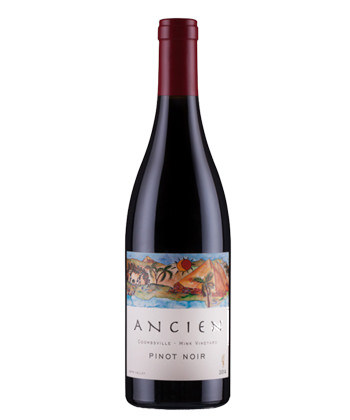 Ancien Wines Haynes Old Block 2013 Chardonnay. Price: $52
Ancien Wines Haynes Old Block 2013 Chardonnay. Price: $52
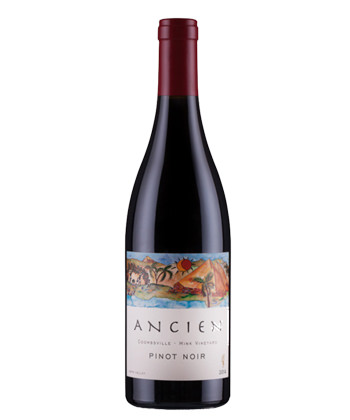
Holman Cellars Uncharted 2013 Merlot. Price: $73
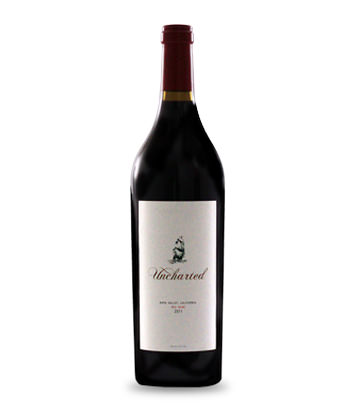
Meteor Vineyard 2014 Perseid Cabernet Sauvignon. Price: $123
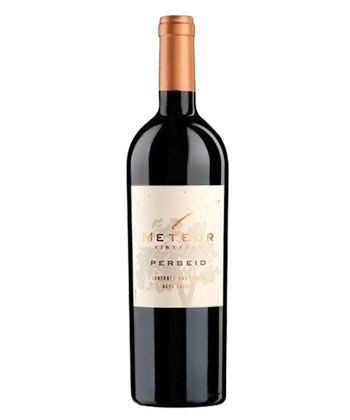
Favia Coombsville 2014 Cabernet Sauvignon. Price: $175
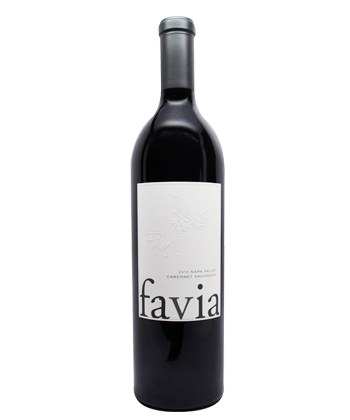
Mi Sueno Napa Valley 2013 Cabernet Sauvignon. Price: $75
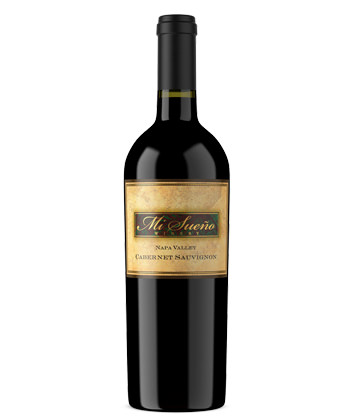
Lead image: Annie Favia, Favia Erickson Winegrowers
